
5 WAYS TO PROTECT YOUR PETS FROM TICKS AND FLEAS
Hello, radiant day ahead! The sun shines brightly, nature is vibrant, and the mood is uplifting—well, almost everyone’s enjoying it. Your pets, however, might not share this enthusiasm. Lassy is constantly irritated by relentless itching and annoying bites, while Miss Muffet avoids the floor entirely, seeking refuge on furniture and shelves. It’s clear neither of them likes being outdoors when surrounded by pesky parasites. But hey, it’s summertime, and we all want to savor every moment, don’t we?
So, how can we ensure our pets can explore both outside and inside spaces without falling prey to fleas and ticks? The key is vigilance: keep their surroundings unfriendly to parasites and react promptly if any bites appear. In this article, we’ll share five practical steps to help protect your pets from these troublesome bugs.
1. SPOT AND ELIMINATE FLEAS AND TICKS
Ignoring fleas and ticks can put your pet at risk for serious health problems such as skin irritation, anemia, Lyme disease, and intestinal parasites. Protecting your pet starts with early recognition and removal of these pests.
Pay attention to your pet’s scratching but remember it isn’t always a sign of infestation. Use grooming time to examine their skin and coat carefully. Light skin makes it easier to spot fleas or their droppings—try combing over a white cloth to catch them. Ticks blend well with the skin color, so check common hiding spots like behind the ears, under legs, the neck, and between toes.
Found some unwelcome guests? Don’t worry—we’ve got the solutions.
Dealing with Fleas:
Quick action is essential. Gather a flea comb, petroleum jelly, mild dish soap, warm water, and towels before starting. Bathing may be stressful for pets unfamiliar with water, so having someone assist you can prevent scratches.
Wet your pet thoroughly and lather with soap, avoiding the eyes. As fleas surface, dip them into the soapy water to kill them. After rinsing with cool water and drying gently, make sure to isolate used towels in sealed bags. Use a fresh towel for grooming.
Coat the flea comb with petroleum jelly and comb through your pet’s coat, focusing on the neck, tail, and face. Rinse the comb often in soapy water to drown caught fleas. Continue combing until the entire body is clear. For larger dogs, prepare yourself for a workout!
Afterwards, wash all used tools and towels thoroughly and safely discard the fleas from the water.
Dealing with Ticks:
Removing ticks requires gentle precision. Use a tick remover tool available at vets or pharmacies along with antiseptic cream. Avoid pulling ticks with fingers to prevent leaving mouthparts embedded. Position the tool close to the skin, slide it underneath the tick, and gently twist counterclockwise while lifting. If the head remains stuck, carefully extract it with a sterilized needle—having help is recommended.
Dispose of ticks by drowning them in alcohol or flushing them down the toilet. Never crush ticks to avoid disease transmission.
2. MAINTAIN A FLEA-FREE LIVING SPACE
Fleas can spread rapidly indoors, and their eggs may hatch even after cleaning. Since fleas live about a month, thorough and regular cleaning is essential. After bathing your pet, keep them away from areas prone to fleas. Wash blankets, toys, grooming tools, and pet beds frequently to stop eggs from hatching later.
Vacuuming and laundering regularly, especially in your pet’s favorite spots, are key. Protective furniture covers can simplify cleaning. If fleas linger, consider pet-safe sprays or powders as a backup.
3. TREAT YOUR OUTDOOR SPACES TO LIMIT PARASITES
Parasites thrive in tall grass, damp areas, and piles of organic debris. Keep your lawn trimmed and clear brush regularly to reduce hiding places. If needed, professional landscaping services can assist with upkeep. Remove dead plants and leaves in wooded or garden areas to make the environment less inviting for pests.
Since plants regrow, consistent maintenance is necessary. Natural treatments like beneficial nematodes can target flea larvae safely. Chemical options exist but choose only products safe for pets who love the outdoors.
4. USE GENTLE, PET-FRIENDLY SHAMPOOS
Bathing your pet regularly with suitable shampoos during parasite season helps keep pests away. Whether homemade or commercial, select products based on your pet’s age and health, especially for kittens and puppies.
Follow instructions carefully and protect sensitive areas such as eyes and ears (cotton balls in ears help prevent water entry). Start washing from the neck to prevent fleas from fleeing to drier spots. Though bathing may be stressful for your pet, the comfort afterward is worth the effort.
5. APPLY REPELLENTS AND PREVENTATIVE TREATMENTS
After these steps, reinforcing protection with repellents is wise. Once your pet is clean and pest-free, apply a natural insect repellent—preferably free of harsh chemicals like DEET—or try homeopathic remedies formulated specifically for animals.
A highly recommended option is a homeopathic treatment like Ticks & Fleas, designed to make your pet’s body less appealing to parasites and ease symptoms if bites occur. It’s simple to administer and keeps your furry friends comfortable and pest-free!
Comparing Natural and Conventional Solutions
The market offers many anti-flea and tick products, from veterinary prescriptions to over-the-counter options. While effective, many contain chemicals like permethrin that are safe for dogs but toxic to cats. Be cautious with multi-pet homes.
Natural alternatives, such as the homeopathic treatment mentioned, provide gentle, safe parasite control without harsh side effects, making them an appealing choice for many pet owners.





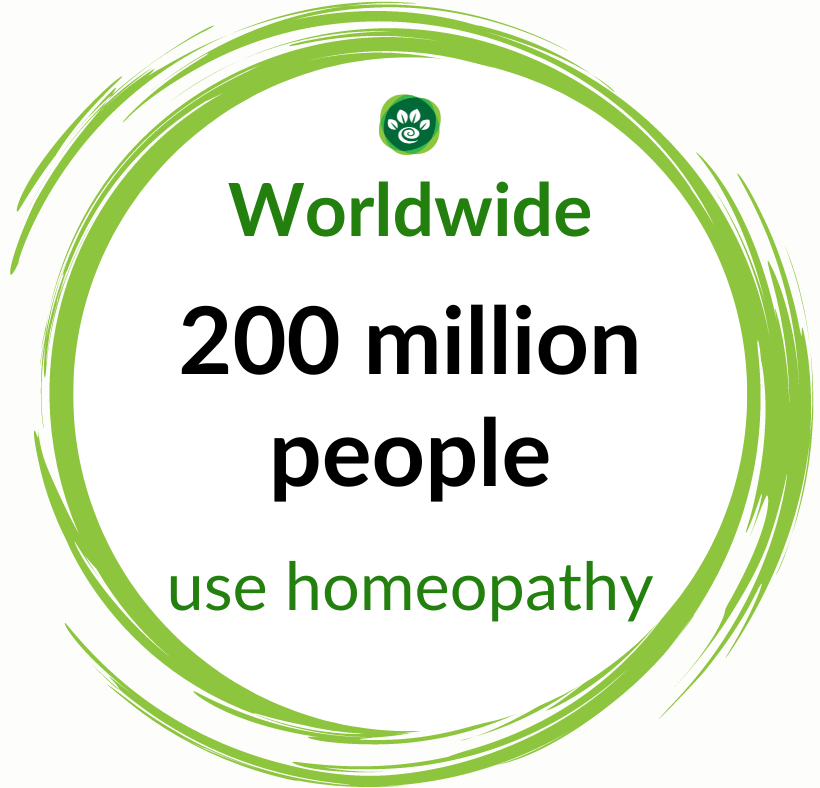
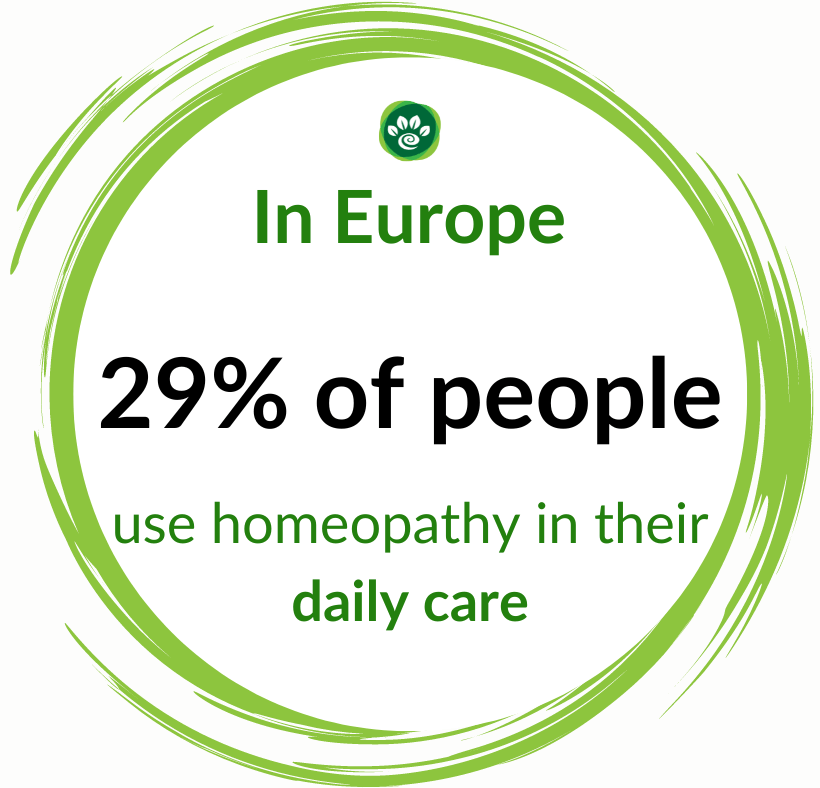
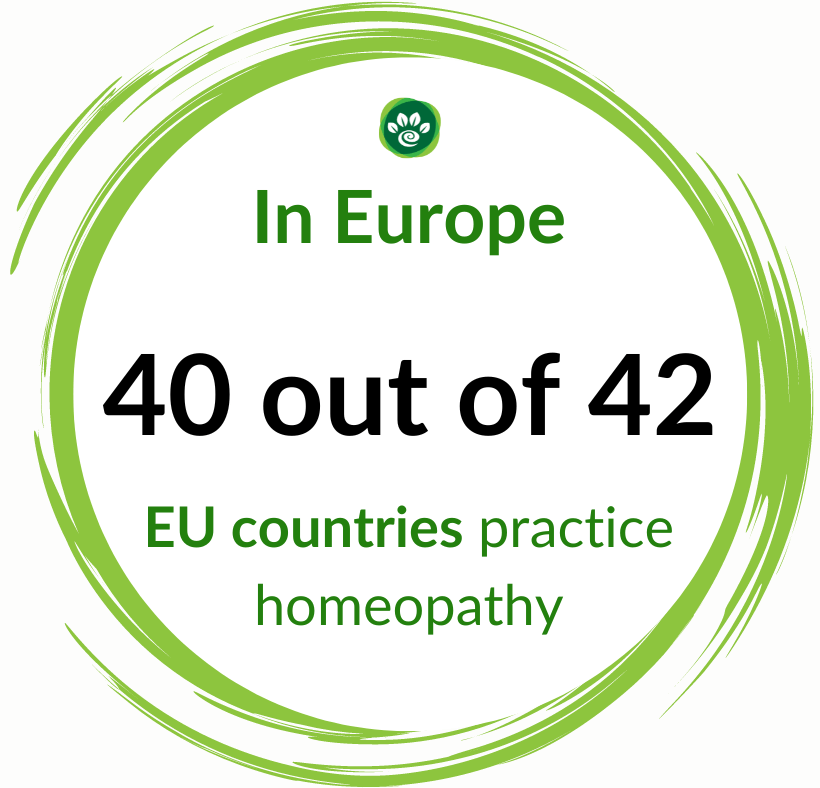
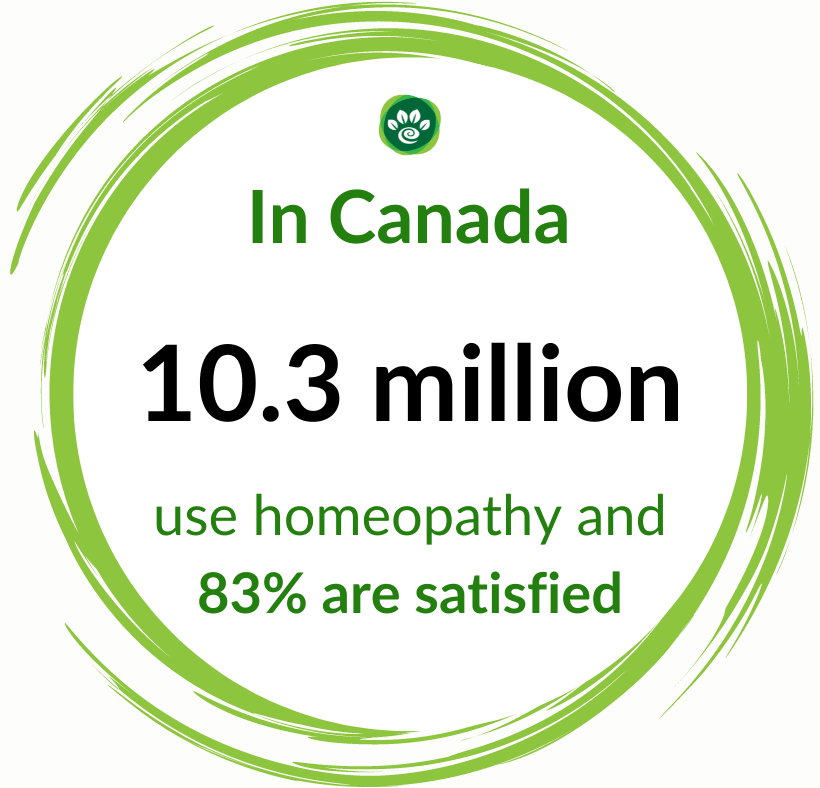
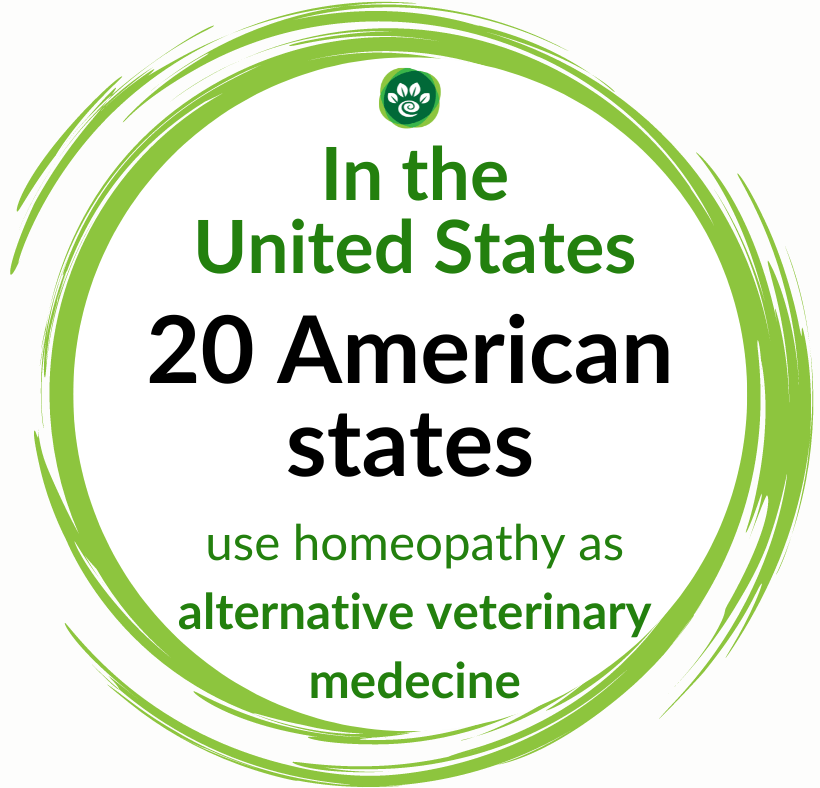













Leave a comment
This site is protected by hCaptcha and the hCaptcha Privacy Policy and Terms of Service apply.